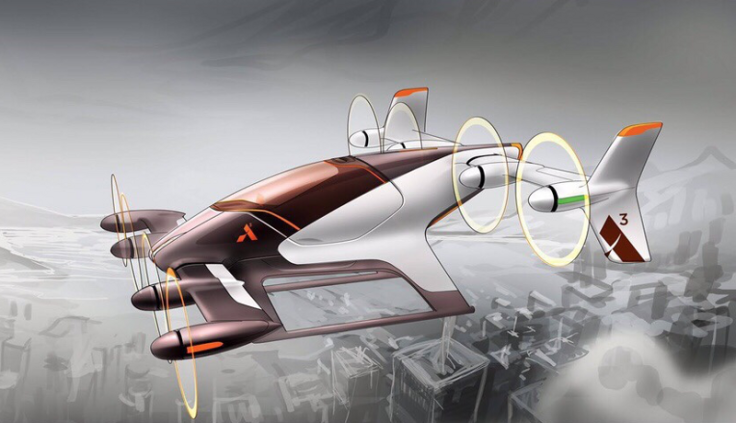Flying Cars: Japan Reaches Incredible New Milestone In Development

Japanese developers have reached an exciting new milestone in the development of a flying car.
Japanese company NEC on Tuesday tested a vehicle outfitted with four propellers that was able to achieve a stable hover for about one minute. The test took place at NEC’s facility in Akibo, 22 miles from Tokyo, where a cage structure was used for safety. All in attendance wore helmets and goggles as a precaution.
In addition to its many other pushes into future technology, the Japanese government is also keen to have operational flying cars by 2030, according to Sky News. To this end, they have also begun working on a test space in an area devastated by the Fukushima disaster from 2011. The hope is that the final products will surpass helicopters, with less noise and less need for training.
However, eager consumers shouldn’t start planning out their “Back to the Future” dreams just yet, as numerous hurdles to the technology still exist. Some of these issues include battery life, safety concerns inherent in a flying populace, and the need to plan out regulations for mass-market flying vehicles.
While Japan is putting a lot of resources into creating flying cars, they are not alone. Dubai is also said to be working hard to create futuristic vehicles.
The specific vehicles being developed are referred to as “electric vertical take-off and landing aircrafts,” or eVTOL. These machines run on hybrid-electric engines, vertical take-off capabilities, and the capability for driverless operation.
© Copyright IBTimes 2025. All rights reserved.




















